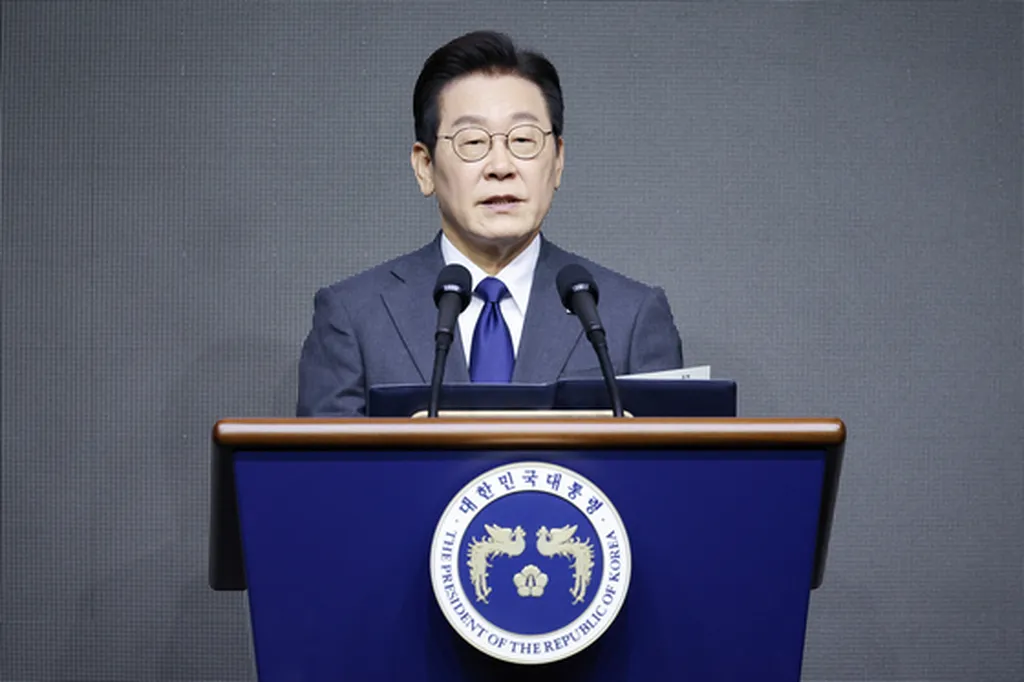South Korea is aggressively positioning itself to become one of the world’s top four defence powers by 2030, a bold ambition announced by President Lee Jae Myung at the Seoul International Aerospace & Defense Exhibition (ADEX) 2025. The country, currently ranked 10th in global arms sales, is betting big on next-generation weapons, unmanned systems, and AI-driven combat technology to propel itself into the upper echelon of military innovation.
At the heart of this strategy is a commitment to technological sovereignty. President Lee emphasized that South Korea must reduce its dependence on foreign suppliers by investing heavily in indigenous research and development. “We will establish technological sovereignty by focusing investment on technologies, parts, and materials that must be secured independently,” Lee declared, underscoring the importance of self-reliance in semiconductors, advanced materials, and critical defence components.
This push for independence is not just about national security—it’s about economic and geopolitical leverage. South Korea’s defence sector has already seen a surge in exports, fueled by global demand triggered by Russia’s invasion of Ukraine. The country is now a preferred supplier for nations seeking reliable alternatives to traditional arms providers, particularly in Europe and the Middle East. Poland, Australia, and the UAE remain key partners, signaling Seoul’s growing influence in these markets.
The government is backing this ambition with substantial funding. Billions are being allocated for R&D and industry subsidies through 2030, with major defence firms like Hanwha, LIG Nex1, and Hyundai Rotem showcasing AI-enhanced and unmanned weapons at ADEX 2025 to attract new export clients. These firms are at the forefront of South Korea’s push to become a global leader in defence technology, leveraging the country’s world-class electronics and shipbuilding expertise.
Industry analysts see this as a turning point. If successful, South Korea could surpass traditional mid-tier arms exporters like France and the UK, reshaping the global defence landscape. The country’s ascent would also redefine Asia’s military-industrial balance, transforming it from a security consumer into one of the world’s dominant arms producers.
South Korea plans to use ADEX 2025 as a platform to announce new export deals and joint ventures, further expanding its defence technology footprint abroad. The government is expected to release its 2030 Defence Industry Roadmap early next year, outlining specific spending targets and export goals.
This move is not just about military strength—it’s about geopolitical strategy. As traditional defence powers like the U.S., Russia, and China face rising competition, South Korea’s rise could force a reevaluation of global power dynamics. The country’s ability to innovate and export at scale could make it a critical player in shaping the future of warfare and defence technology.
If South Korea achieves its goals, the world may soon see a new defence powerhouse emerge—one that is not only technologically advanced but also strategically independent. The coming years will be pivotal in determining whether Seoul’s ambition becomes a reality, but one thing is clear: the global defence industry is about to become even more competitive.

